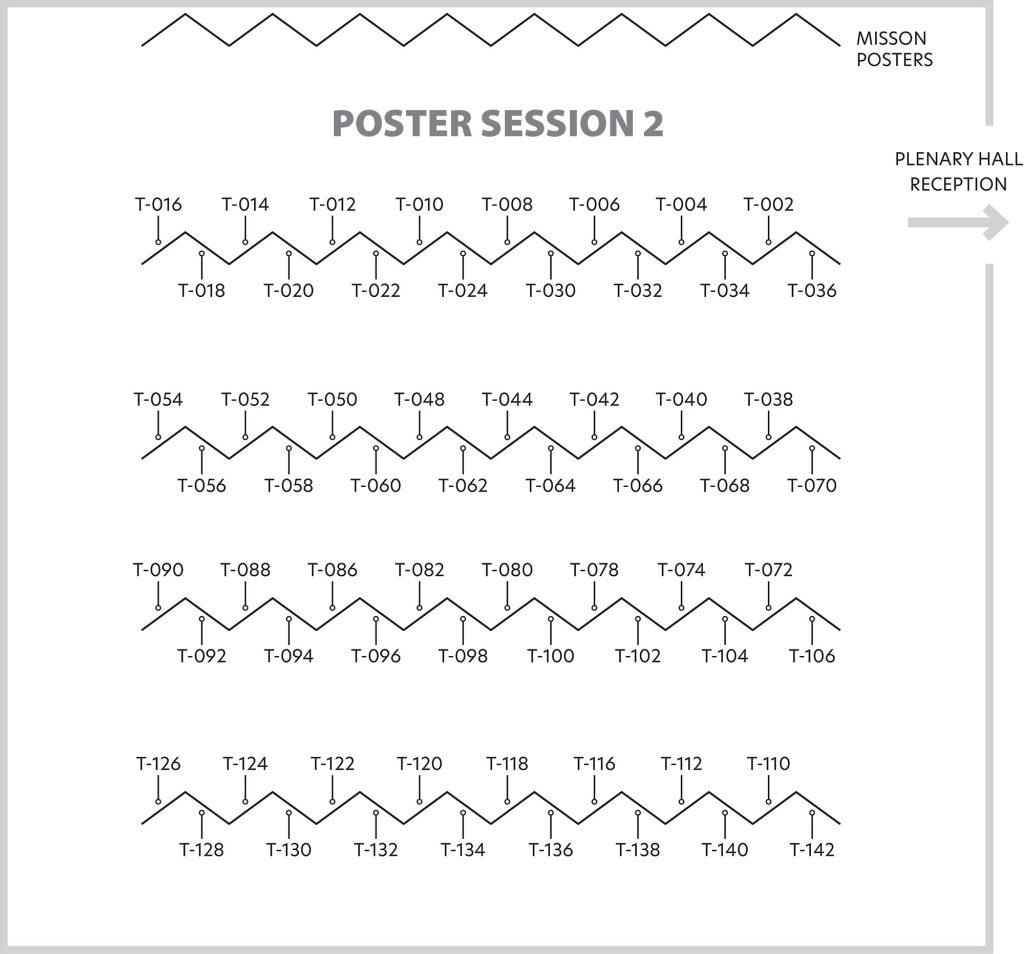POSTER Session 2
Tuesday, October 8
11:10–12:50
Poster Session | 1 | 2 | 3 | 4 | Instructions | Schedule at a Glance
ABSTRACT 1002 | POSTER T-096
MACHINE-LEARNING DETECTION OF OIL SPILLS FOR THE PACE MISSION
We present a machine-learning implementation of the Ocean Surface Index of Refraction Inversion Scheme (OSIRIS) tailored to the NASA PACE (Plankton, Aerosol, ocean Ecosystem) mission. The product has the primary application of detecting oil slicks or any contaminants capable of effectively modifying the refractive index of pure seawater at the surface. The method exploits the Degree of Linear Polarization (DoLP) measured by the HARP-2 sensor at 870 nm in cloud-free pixels contaminated by the strong signal of the Sun’s specular reflection over the ocean. In this so-called “sunglint” region, the DoLP at long wavelengths is essentially determined by the Fresnel laws of specular reflection, which are solely a function of the surface refractive index if the geometry is known. To address the operational needs of PACE, the heritage optimal estimation scheme was trained with a neural network. We discuss the set up of the radiative transfer simulations needed to create the training dataset, the details of the machine learning implementation and performance, and preliminary results of the algorithm application to real PACE imagery.
Matteo Ottaviani, NASA Goddard Institute for Space Studies, and Terra Research Inc, USA, https://orcid.org/0000-0002-8379-0831
Sebastian Modafferi, University of California San Diego, USA
Christopher Um, Cornell University, USA
Olivia Pierpaoli, Colorado State University, USA
Jacek Chowdhary, Columbia University, USA
Poster Session | 1 | 2 | 3 | 4 |
Instructions | Schedule at a Glance
Questions?
Contact Jenny Ramarui,
Conference Coordinator,
at [email protected]
or (1) 301-251-7708

